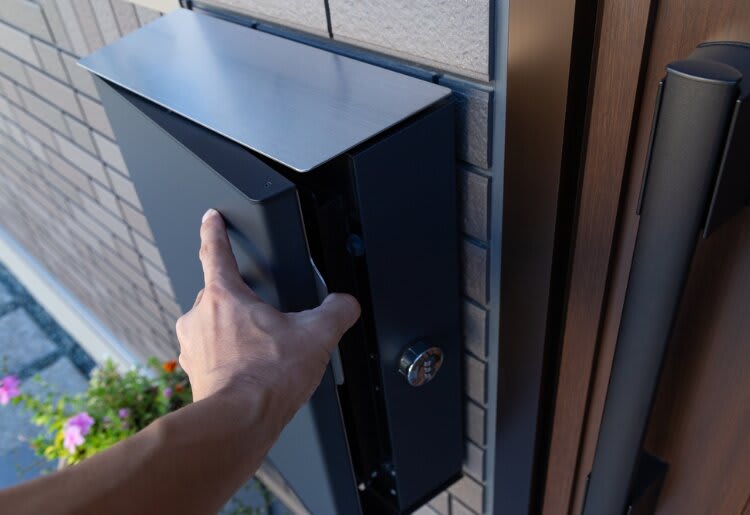As an ID Theft Manager, I can help you become proactive about safeguarding your financial well-being. I'll show you how to guard yourself against credit card fraud's rising tide. You'll gain effective preventive strategies and insights into the best identity theft protection services.
Online fraud involves criminals deceiving targets, leading to potential financial loss or personal data breaches. With basic credit fraud know-how, you can make it much harder for con artists to steal your details.
» Be prepared. Learn how to check for identity theft.
Be Careful With Your Credit Cards
As the usage of credit cards for payments expands globally, the value of fraudulent credit card transactions increases. Whether you misplace your wallet or leave your purse unattended, these situations create opportunities for unwanted access to your credit cards.
Treat your cards like your cash or other valuables when you are out and about in public. If your cards go missing, promptly report them to your credit card company to avoid or catch potential fraudulent charges.
» Having trouble navigating fraud alert services? Here's our guide
Check for Card Skimming
Skimming is a sneaky technique fraudsters use to steal information from the magnetic stripe on the back of your ATM card. They use devices often smaller than a deck of cards and attach them close to or on top of an ATM’s original card reader.
Before using an ATM, look at the card readers for irregularities, loose parts, or suspicious attachments. If you aren't sure of the authenticity of a card reader, don't use it. Instead, you could ask for an employee to check the reader.

Avoid Online Identity Data Breaches
Online data breaches happen when scammers access your secure online data, intending to steal your personal details, turning safe online shopping into a dangerous activity. A data breach may not always lead to credit card fraud directly, but it can compromise your information, giving credit fraudsters access.
Review your credit reports and stay informed about potential data breaches from institutions you engage with. Invest in data protection or monitoring services to provide social media breach protection and give you added security by notifying you of compromised data.
Scrutinize and Recognize Phishing Scams
Phishing is when con artists trick individuals into sharing their personal information on various communication forums. For example, a fraudster might send you an email that appears to be from a real company, asking you to confirm your login details.
Fraudsters also use phishing in texts, posing as distant family or friends. They might ask for your account numbers and PINs.
To protect against phishing attacks, take time to scrutinize any communications for these common signs:
- Generic greetings: Beware of emails that use a generic greeting like "Dear Customer" instead of addressing you by your name
- Urgency: Scammers often create a sense of urgency, claiming your account is in danger or needs immediate attention.
- Email address: Check the sender's email address. It could be a sign of phishing if it looks unusual or doesn't match the official company email.
- Language errors: Poor grammar and spelling mistakes are common red flags.
- Requests for personal information: Legitimate companies typically won't request personal information via email or text.
- Suspicious links: Before you click on any links, hover your cursor over them to preview the destination. Be extra careful if you are pressured to click a link to update payment information.
You'll need to contact the company reaching out to you directly using their verified contact information, which you can find on their main site, when in doubt.
» Cyber attacks worrying you? Find out how to protect yourself from email phishing.

Secure Your Home and Avoid Unsafe Areas
For protection against burglary, secure valuables and documents containing your personal information in a safe place at home. Implement security measures like locked doors and windows, and consider investing in a home security system to deter burglars.
Minimize the risk of a mugging by avoiding unsafe areas. If you're traveling somewhere, you can ask in local forums online what residents think and which areas to avoid. Carry limited credit cards when visiting unfamiliar or unsafe places. Remember, prevention is always better than a late cure when protecting your personal information.
» What do you do if your identity has already been stolen?
Safeguard Your Snail Mail
Thieves often target physical mail to intercept replacement credit cards. To prevent mail theft, limit the time mail stays in your mailbox. Consider the use of security or locking mailboxes to stop potential theft attempts. If you move away from a registered address, notify your credit card company as soon as possible. Fraudsters could steal your documents without you even knowing it.
You should also shred sensitive mail and documents before discarding them. Use a cross-cut shredder to destroy any mail with account numbers, birthdates, or Social Security Numbers.

Empower Yourself: Fight Credit Card Fraud
Raise awareness about potential fraudulent dangers to implement preventive strategies and reduce the risk for yourself and your loved ones. By uniting against digital scammers, we can collectively build safer online spaces for our personal information and transactions.
» Unsure about which protection service to use? Check out these LifeLock alternatives.

